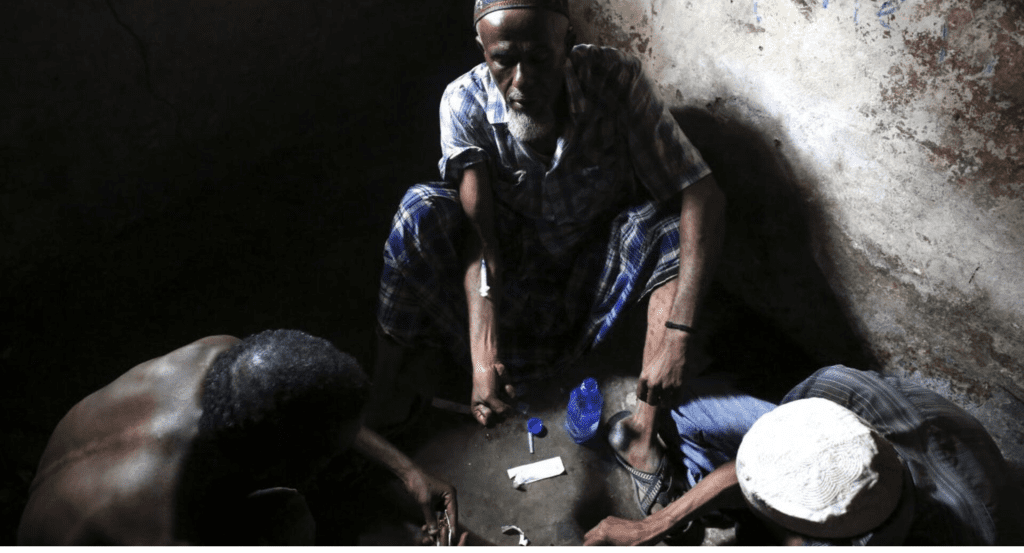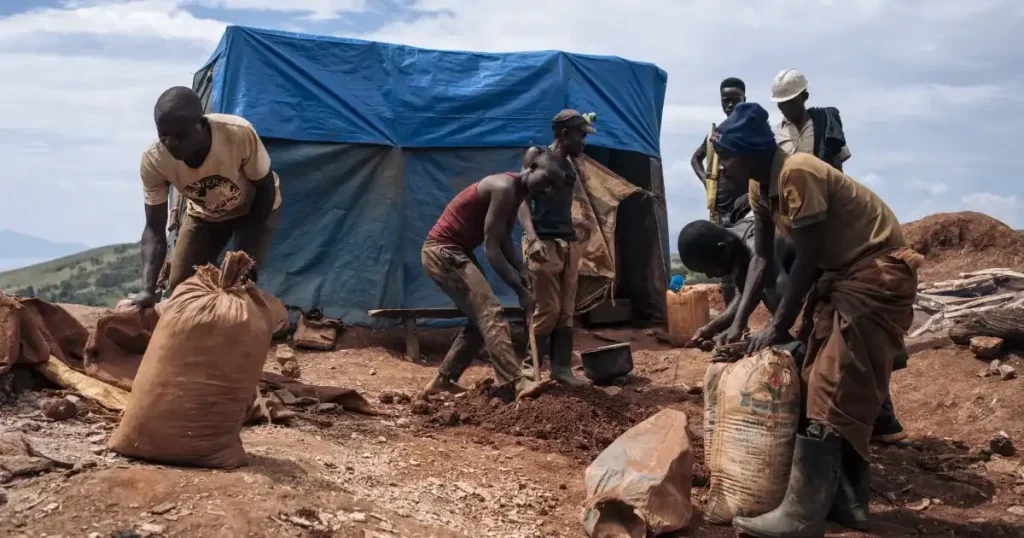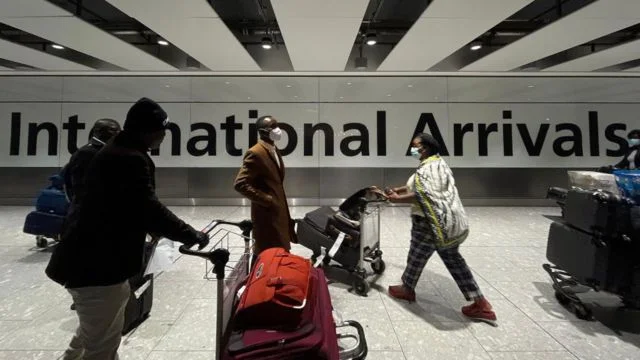Kenya is grappling with a rising heroin addiction crisis, particularly along its coastal regions, where drug trafficking routes and economic vulnerabilities converge. Experts describe the situation as a significant public health challenge, with addiction rates climbing and the associated social and economic consequences deepening.
The country has seen a surge in heroin availability over the past decade, with Mombasa and other coastal areas serving as key entry points for drug shipments from Asia and the Middle East. This accessibility has fueled the addiction epidemic, with vulnerable populations, including youth and low-income groups, being the most affected. According to local reports, thousands of individuals in the region are now dependent on heroin, with many struggling to access treatment and support.
Healthcare facilities and community organizations in Kenya are overwhelmed by the increasing demand for addiction treatment. Rehabilitation centers in cities like Mombasa are operating at full capacity, yet they remain underfunded and ill-equipped to address the scale of the problem. Moreover, the stigma surrounding addiction often prevents those affected from seeking help, further exacerbating the crisis.
Authorities in Kenya have recognized the urgent need to address the issue, but efforts have been hindered by limited resources and systemic challenges. Law enforcement agencies continue to crack down on drug trafficking networks, yet the flow of heroin into the country persists. Public health advocates stress that tackling the addiction crisis requires a comprehensive approach that includes better access to rehabilitation, community education, and support for reintegration into society.
Non-governmental organizations (NGOs) have stepped in to fill some of the gaps, providing harm-reduction services such as needle exchange programs and outreach initiatives aimed at minimizing the health risks associated with drug use. These organizations also work to raise awareness about addiction and advocate for policy changes that prioritize treatment over criminalization.
The economic impact of the heroin crisis is also significant. Many addicts are unable to maintain steady employment, leading to financial instability for families and communities. The ripple effects of addiction extend to healthcare costs, lost productivity, and an increased burden on social services.
As Kenya battles this growing heroin addiction crisis, experts emphasize the need for long-term strategies that address both the supply and demand sides of the issue. Combating drug trafficking, expanding treatment facilities, and fostering greater community involvement are essential steps toward mitigating the crisis and its far-reaching effects on Kenyan society.























